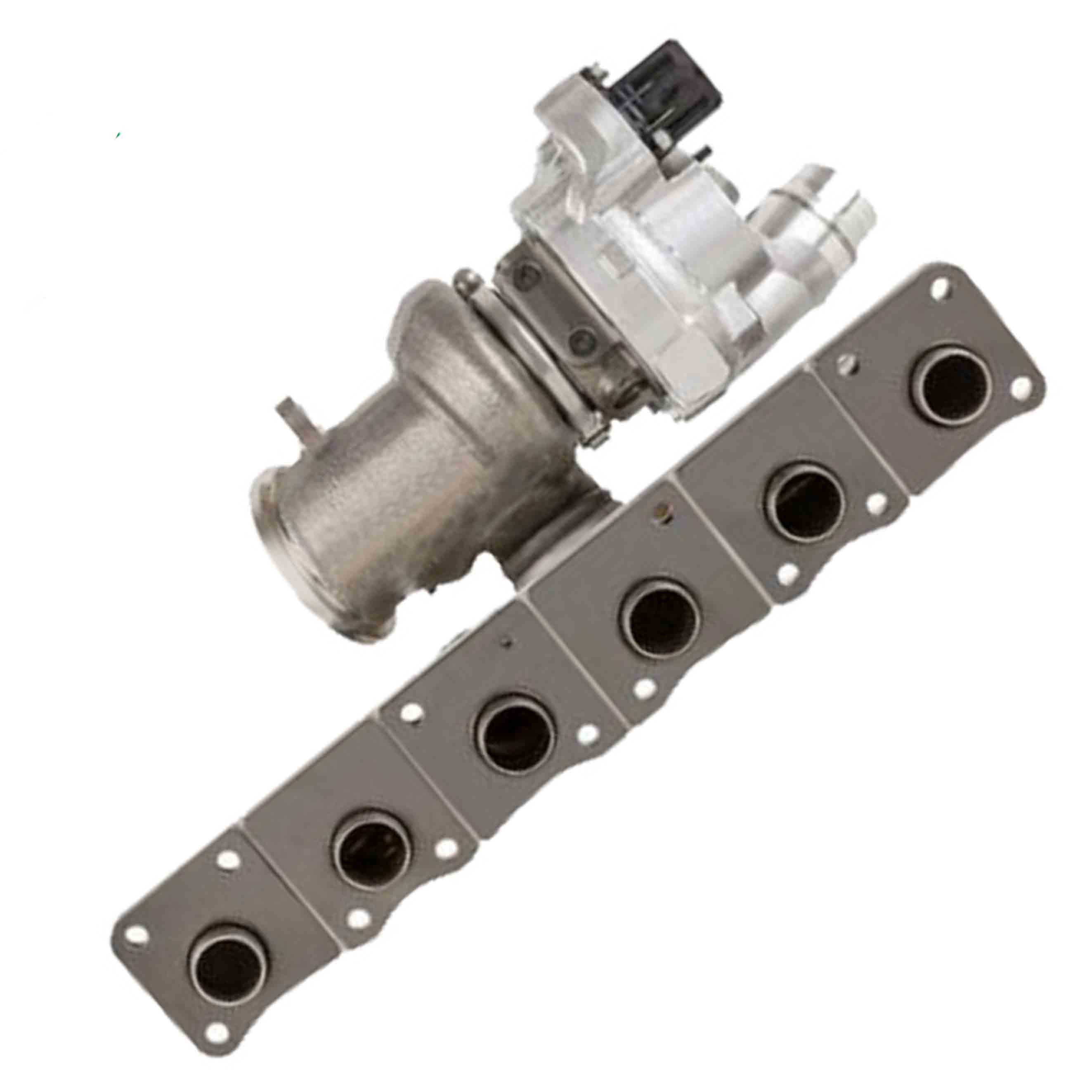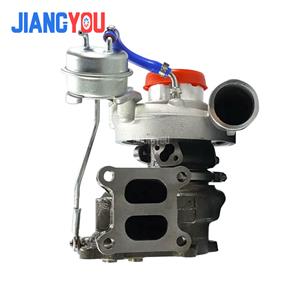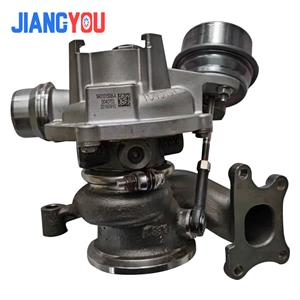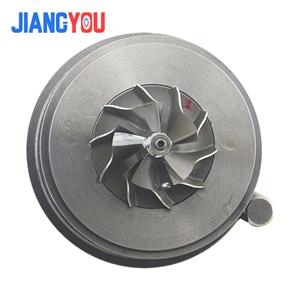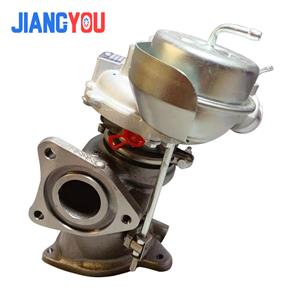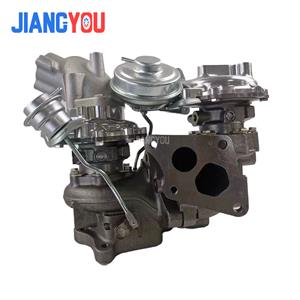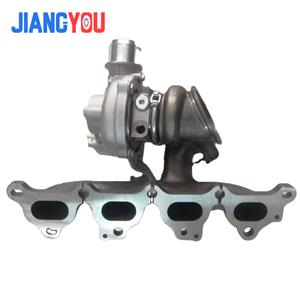- Home
- >
- News
- >
- Industry News
- >
- Twin-scroll single turbocharger
Twin-scroll single turbocharger
The twin-scroll single turbocharger is a supercharging system that combines a twin-scroll exhaust design with a single turbine structure,
designed to optimize the engine's exhaust gas energy utilization and improve power response and efficiency.
The following is a detailed analysis of its working principle and characteristics:
I. Basic structure
1. Twin-Scroll design:
◦ The exhaust manifold is divided into two independent channels (scrolls), and the exhaust pulses of the engine cylinders are usually
grouped alternately according to the ignition order (such as a four-cylinder engine is divided into 1-3 cylinders and 2-4 cylinders).
◦ Each vortex guides the exhaust gas at a different angle or path to avoid mutual interference between the exhaust pulses of different cylinders.
2. Single turbine structure:
◦ Although the exhaust is divided into twin scrolls, the exhaust gas ultimately drives a single turbine together, and there is only one turbine rotor,
which is more compact in structure than a twin-turbo system.
II. Core advantages
1. Reduce exhaust interference and improve exhaust gas energy utilization:
◦ In the traditional single-scroll design, the exhaust pulses of different cylinders may cancel each other, resulting in delayed turbine response (turbo lag).
◦ The twin-scroll group the exhaust pulses, allowing the exhaust gas to impact the turbine blades more continuously and orderly,
improving the turbine response speed at low speeds.
2. Improve low-speed torque:
◦ At low speeds, a smaller exhaust flow can still effectively drive the turbine, improving the engine's low-torque performance
(such as the typical case of the BMW N20 engine).
3. Balance performance and cost:
◦ Compared with the twin-turbo system, the single-turbo structure is simpler, with lower manufacturing costs and failure rates,
and the twin-scroll design is close to the response characteristics of the twin-turbo.
III. Working scenario examples
• Low speed range: The twin-scroll ensures that the exhaust gas pulses continuously drive the turbine, reducing hysteresis and quickly building up boost pressure.
• High speed range: The exhaust gas flow is sufficient, the turbine operates efficiently, and high power output is maintained.
4. Typical Applications
• BMW N20/N55 engine: Through the twin-scroll single-turbo design, low-speed high torque is achieved (such as 1250 rpm to output maximum torque).
• Toyota 8AR-FTS engine: taking into account fuel economy and power response.
5. Potential Disadvantages
Increased design complexity: The casting and layout of the twin-scroll need to accurately match the engine exhaust timing.
Limited high-speed potential: The physical limit of a single turbine may be lower than that of a twin-turbo parallel solution.
Summary The twin-scroll single turbocharger achieves a response speed and efficiency close to that of a twin-turbo in a single-turbo
structure by optimizing the exhaust gas flow path. It is an innovative design that balances performance, cost and reliability,
and is especially suitable for models that focus on low torque and daily driving experience.
